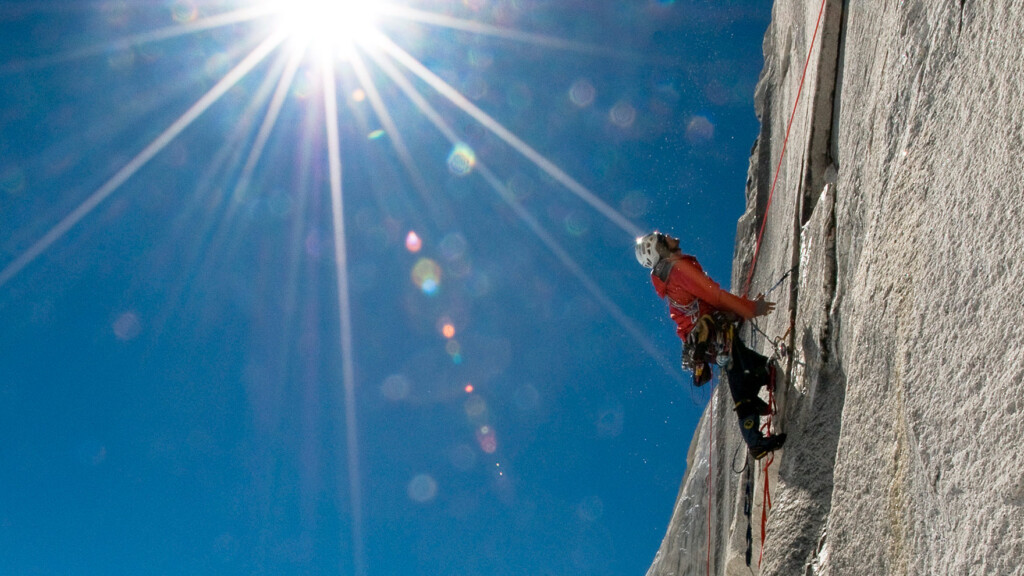
Released on December 31st soon! Why MERU resonates deeply with people who don't know the mountains
It was really interesting. I had the opportunity to see the mountaineering documentary film "MERU," which will be released on New Year's Eve this year, early, and immediately after watching it, I felt compelled to share it with others. In this article, I would like to write about its highlights, being careful not to give away any spoilers. Please note that this article is not written for promotional purposes, but as a website, in the hope that this film will reach as many people as possible
A rare documentary capturing the first attempt at the world's most difficult route
What image comes to mind when you hear the words "mountain documentary"?
The film features some of the world's best alpinists taking on uncharted routes, magnificent scenery, harsh environments and difficult routes, desperate situations along the way, and crucial decisions that mean life or death... The film is sure to amaze and impress anyone who watches it, as it features a multitude of exciting footage and unimaginable happenings for those of us who normally practice "safe" mountain climbing
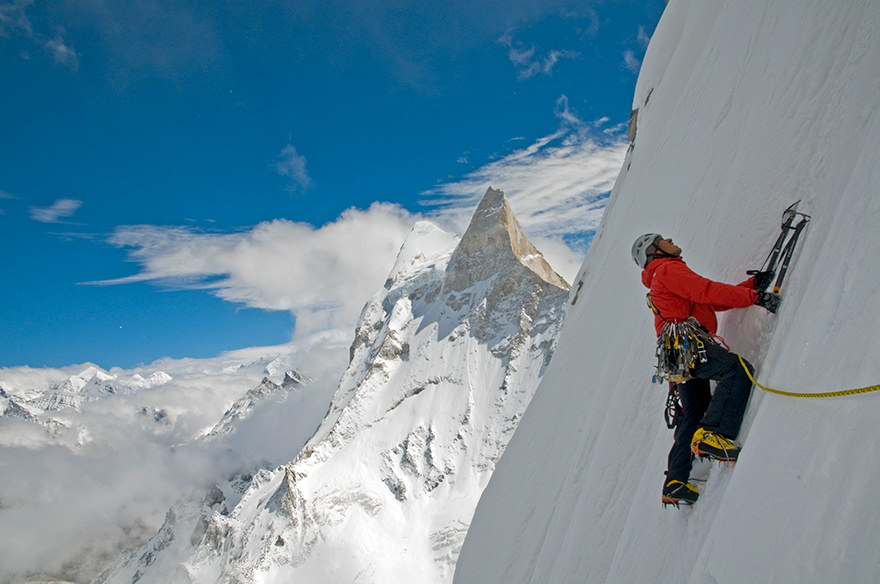
In that sense, one of the major highlights of this film is its documentary aspect, capturing precious moments
The setting for this film is Meru Central Peak (approximately 6,250m), one of the three peaks that make up the high Meru peak (6,600m) in the Indian Himalayas. Gangotri, a village at the base of Meru, is located in the source of the sacred Ganges River and is one of the most sacred sites in Hinduism, visited by many pilgrims and tourists from both within and outside of India. The video also shows many pilgrims passing by. Towering Meru is a sacred mountain that is the center of the universe , a place where heaven, earth and hell are intertwined, and has long been a pillar of people's faith.
Meru Central itself had been climbed by Russian climber Valery Babanov in 2001, but this time the team aimed for a route that would take them directly up the sharp, blade-like rock face known as the "Shark's Fin" to the peak. Even in 2008, well into the 21st century, this was a truly unprecedented and extremely difficult route that had refused many of the world's top climbers more than 20 times in total

What is it that led Conrad Anker, the leader of the climbing team and a world-class alpinist, to call it "the most difficult route in the world"? Factors that generally determine the difficulty of a climbing route include the technical challenges of rock and ice climbing, the terrain (altitude, route distance, wall height, wind, snow, glaciers), weather stability, and resource issues such as the availability of Sherpas and other support for carrying luggage. In the film, author Jon Krakauer explains the difficulty of Meru as "a mixture of multiple factors."
This long route, spanning an elevation gain of approximately 1,500 meters at an altitude of 6,000 meters, includes a crux of the final 460 meters, including both ice and snow walls and rock faces. This requires carrying over 20 kg of climbing gear, making a quick climb impossible with lightweight equipment. Ultimately, the climbers must carry nearly 100 kg of luggage, including food and climbing equipment, all by themselves. Furthermore, according to Hirohito Umame, one of the few Japanese climbers to summit Meru, the Gangotri mountain range is prone to sudden changes in weather. Conquering Shark's Fin requires a combination of skill, stamina, knowledge, experience, teamwork, and luck, making it a long-standing "unclimbable" route
This documentary film captures this nerve-wracking, challenging route with stunning clarity and realism, using only two small cameras. It was shot by Jimmy Chin (pictured below), a world-renowned mountaineer, professional cameraman, director, and team member, along with Renan Ozturk, who also assisted with the filming (meaning there's essentially no film crew!). While it may not have the same grandiose, calculated impact of "Everest 3D," the climbing scenes, in particular, exude a beauty and breathtaking quality that only a leading mountain cameraman can capture—scenarios only accessible to select climbers. The suspenseful footage is captivating
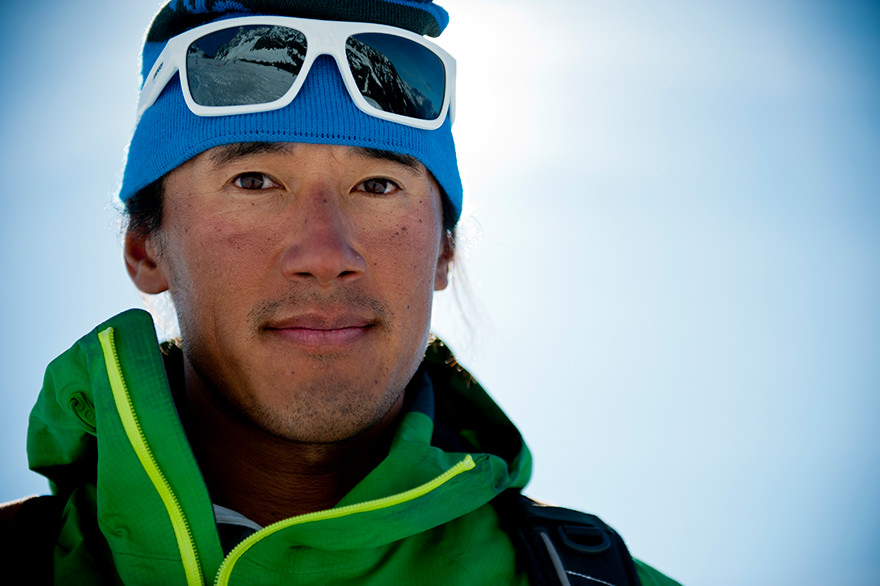
The main attraction goes beyond the "mountaineering" and "documentary" aspects
However, the highlights mentioned above are only the beginning of this film. In a "normal" mountain documentary like the ones we've seen so far, the common scenario would be to focus on "how" this precious first ascent was achieved, but if that were all there was to it, the film would be interesting but would not have been as impactful as it is today. Above all, the reason this film touched the hearts of so many ordinary people (who do not climb mountains) that it won the Audience Award at the Sundance Film Festival is because, simply put, it sheds light on the way each member of the team lived their lives - on "why they decided to climb."
Conrad inherits the will of his mentor and partner and lives his life determined to overcome obstacles. Jimmy inherits Conrad's will and chooses the mountains as the place where he will burn his life. Renan recovers from an accident and lives with the sole support of climbing Meru. The strength of a person who makes a decision. The strength of a team that comes from trusting each other
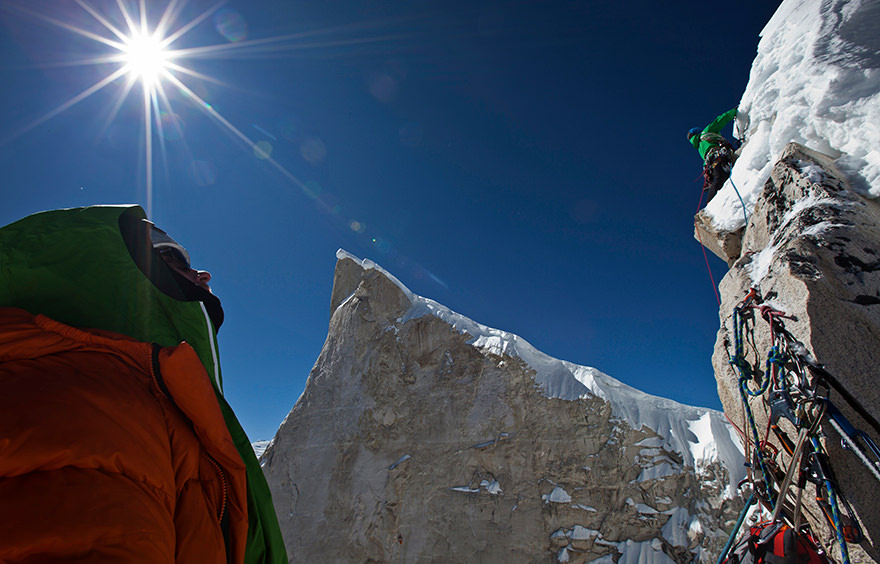
In the first half of the film, when asked "Why do you climb a mountain?" Conrad replies, "Because I want to see the view." However, as the story progresses, it becomes clear that this is not what he really means. We see that each member is faced with a variety of unexpected events as they become involved with Meru. As they struggle to overcome these, they all live their lives to the fullest, with strength, through Meru. This shows that the general idea of "reasons to climb a mountain" is meaningless. All that matters is that this mountain is an extension of each of their lives
As you relive their lives, you find yourself identifying with them before you know it. This is when you realize that this film is not just a mountain documentary, but a documentary about people who are facing their own lives head-on. This film asks all who watch it, "Am I standing here now because of the choices I made?" and quietly encourages them. The ending is irresistibly endearing
As these events are gradually revealed, the drama is carefully woven together with interviews with family and friends who are at the mercy of the protagonist (but who nonetheless lovingly understand him), so be sure to enjoy it to the fullest
That's all I can write at this point, but it's also a very profound documentary filled with deep insights into humanity. In any case, it's a must-see for mountain lovers and film lovers, and I would recommend it to anyone who lives a daily life without answers!
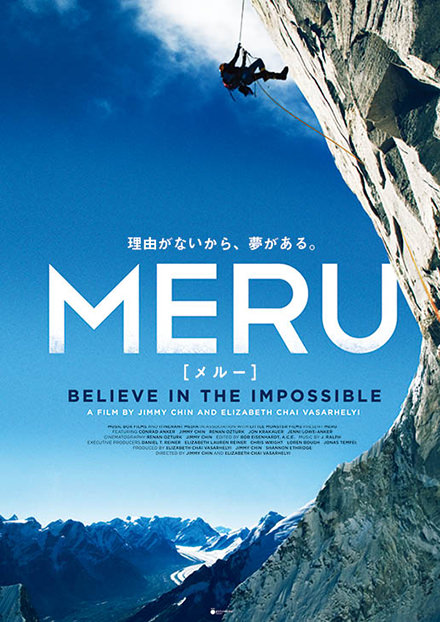 "MERU"
"MERU"
Release Date: Saturday, December 31, 2016
Directors: Jimmy Chin, Elizabeth C. Vasarhelyi
Producers: Elizabeth C. Vasarhelyi, Jimmy Chin, Shannon Athridge Cinematography
: Renan Ozturk, Jimmy Chin
Editing: Bob Eisenhart ace
Music: J. Ralph
Cast: Conrad Anker, Jimmy Chin, Renan Ozturk, Jon Krakauer, Jenny Law Anker, Jeremy Jones and others
Official Website: http://meru-movie.jp/
© 2015 Meru Films LLC All Rights Reserved.


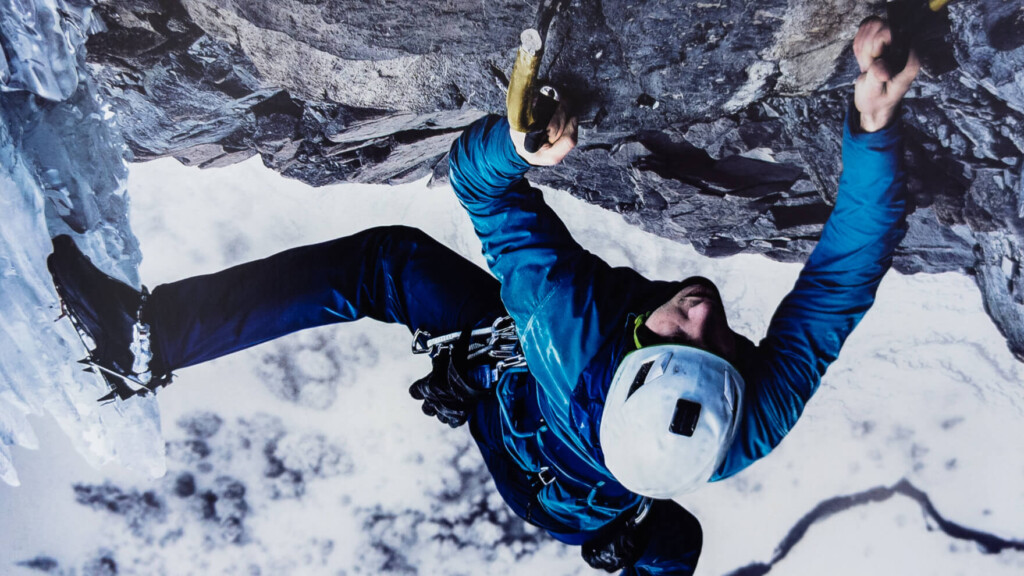 I watched "THE ALPINIST" (no spoilers)
I watched "THE ALPINIST" (no spoilers)